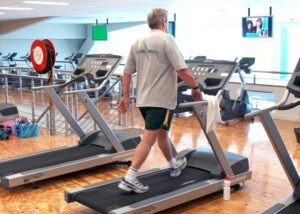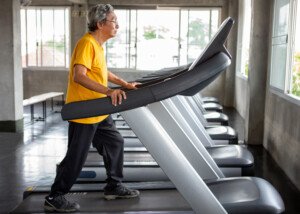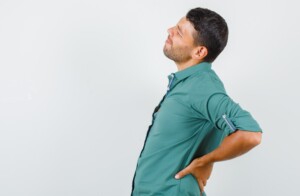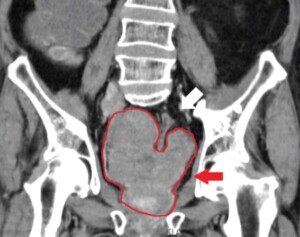Here’s how to do walking correctly to help reduce your nagging low back pain.
Low back pain affects approximately 800 million people around the world, making it a leading cause of disability and reduced quality of life.
Notably, seven out of 10 patients who recover from an initial episode of low back pain experience a recurrence within a year.
The current best practices for managing and preventing back pain emphasize a combination of exercise and education.
However, many exercise forms are neither accessible nor affordable due to high costs, complexity and the need for supervision.
A clinical trial conducted by Macquarie University’s Spinal Pain Research Group has investigated the efficacy of walking as a cost-effective, accessible intervention for low back pain management.
This study, published in The Lancet (2024), involved 701 adults who had recently recovered from a low back pain episode.
Participants were randomly assigned either to an individualized walking program accompanied by six physiotherapist-guided education sessions over six months, or to a control group.
The researchers tracked the participants for one to three years, depending on when they joined the study.
The findings, led by Professor Mark Hancock of Macquarie University, indicate significant benefits of the walking program.
Hancock points out in the paper that the intervention group had fewer incidents of low back pain that limited activity, when compared to the control group.
They also had a longer average time lapse before any recurrence.
The remission interval for the intervention group averaged 208 days; for the control group it was 112 days.
The conclusion is that walking was responsible for these favorable results with the intervention group.
How can walking help improve low back pain?

Depositphotos
There are several ways this happens. First of all, the human body was perfectly designed for walking – plenty of walking.
A sedentary lifestyle with minimal steps in a day contradicts our nature and what our bodies were designed to do.
The reintroduction of more walking, then, leads to less pain. Excessive sitting, over time, is bad for posture.
Next, walking consists of gentle oscillatory motions which load the spinal structures, making them more efficient.
In particular, walks on a scenic path may induce the release of those “feel good” endorphins you may have heard about.
Walking also improves bone density.
And needless to say, it doesn’t require equipment other than a good pair of walking shoes and comfortable clothes.
There’s a Caveat or Two
The catch is that you must do walking correctly and avoid considering the normal walking you do in daily living as part of your actual therapeutic walking program.
An example of this mistake is that of believing you don’t need a dedicated time slot for walking because you do “plenty of it on the job” or “a lot of walking around the house when cleaning.”
But you’re already doing these things yet you struggle with low back pain!
A variable must be introduced into the equation: a dedicated time slot for walking.
Second, the walking must be above your baseline – enough to get your heart rate elevated for a sustained period of time.
According to the American Council on Exercise, aerobic activity of a fixed pace (or “steady state”) should be done for at least 20 minutes.
However, an hour of walking is even better. If you think that an hour of walking is excessive, then ask yourself why you wouldn’t think that an hour of sitting motionless in a chair watching TV is excessive!
A good brisk walk every day can never be too much. Remember, your strong and lithe ancient ancestors walked all day!
And last but not least, if you decide to do your walking on a treadmill, you will sabotage your efforts by holding onto the machine.

The correct way to walk on a treadmill. Credit: LocalFitness.com.au
Holding onto a treadmill mimics using a walker. Below are links to articles that go in-depth about the many ways that holding onto a treadmill is sabotaging and potentially harmful.
Treadmill Guidelines for People of Elderly Age
10 Reasons Never to Hold onto a Treadmill Regardless of Age or Weight
Why You Shouldn’t Hold onto a Treadmill Even One-Handed










































